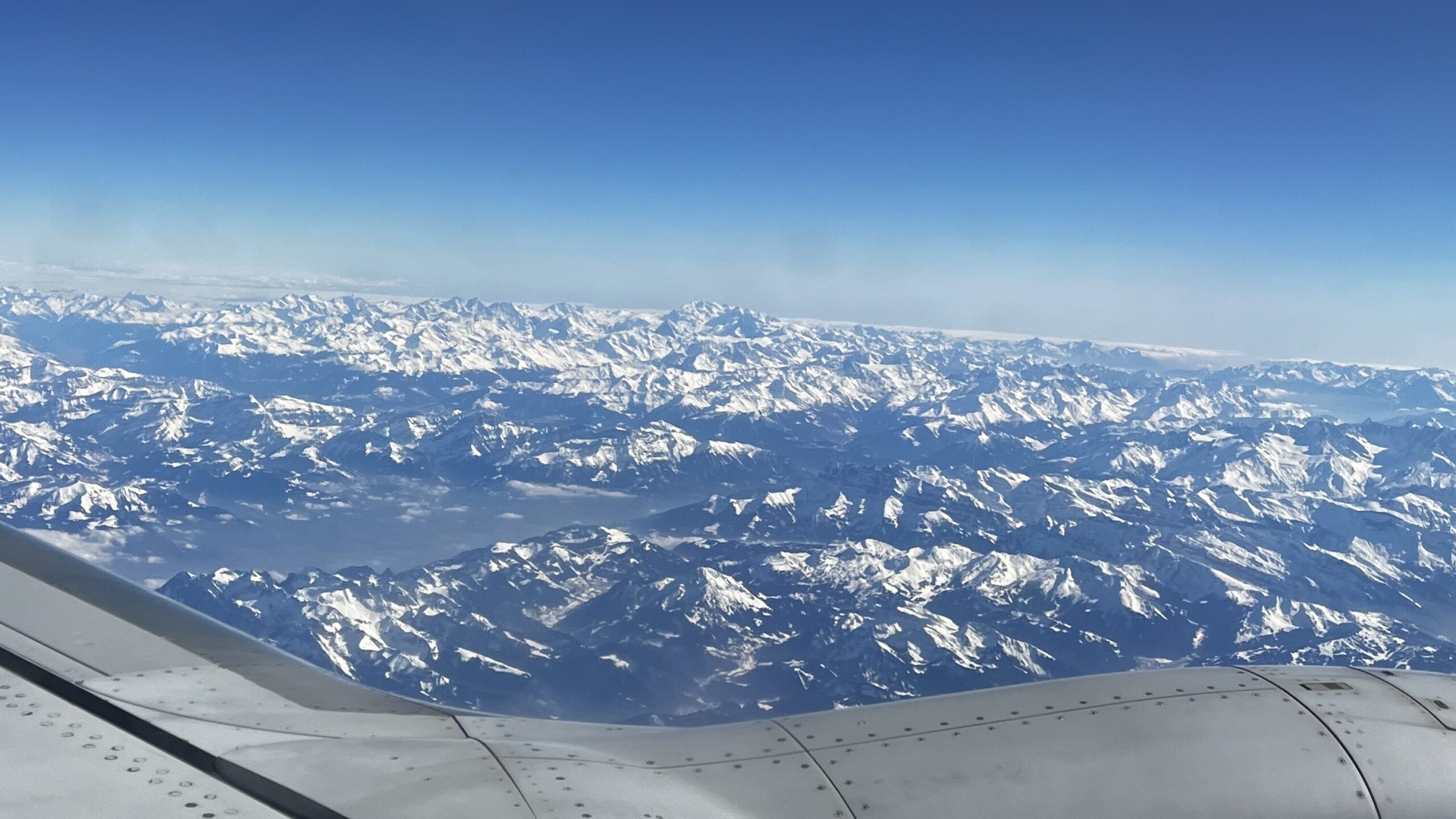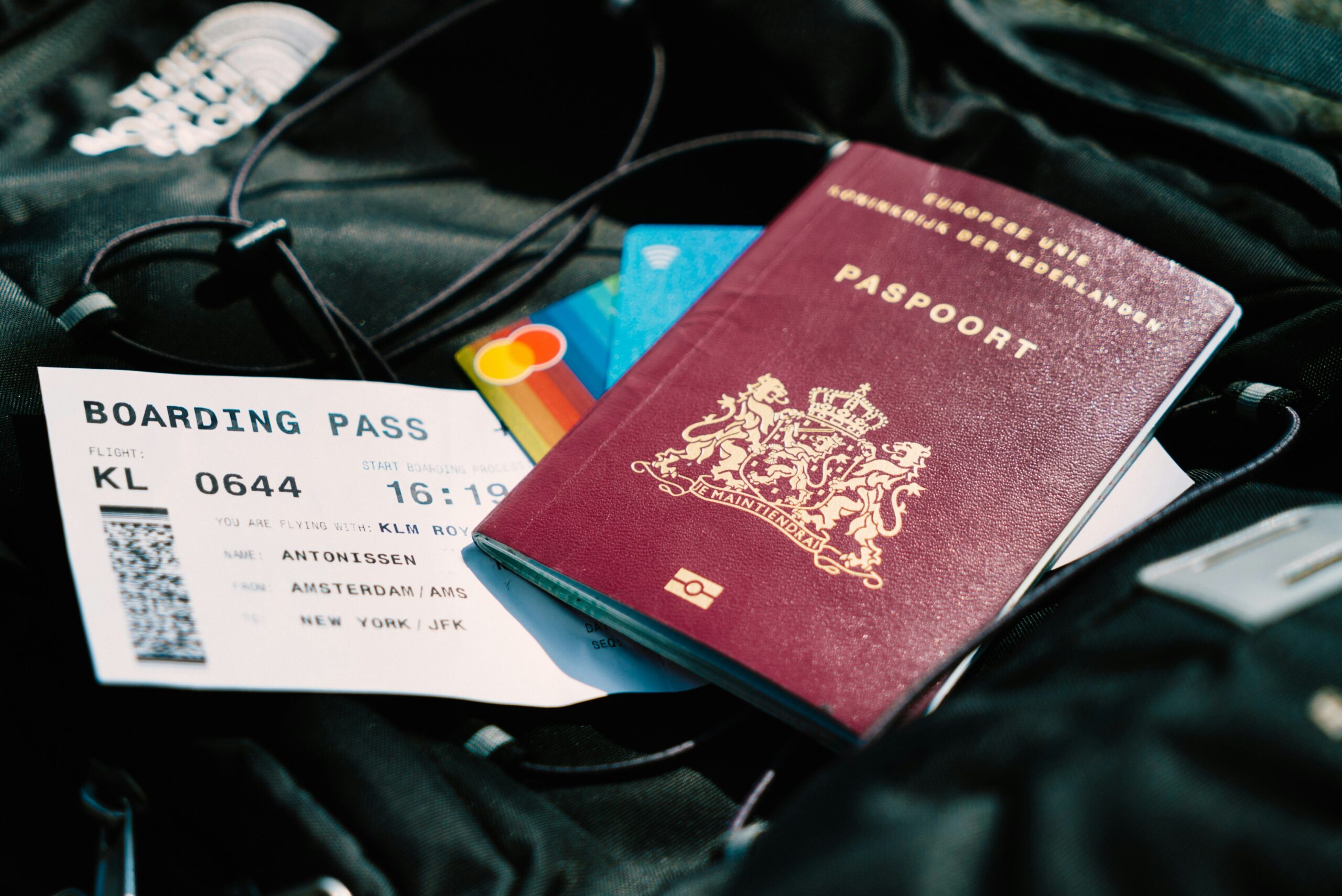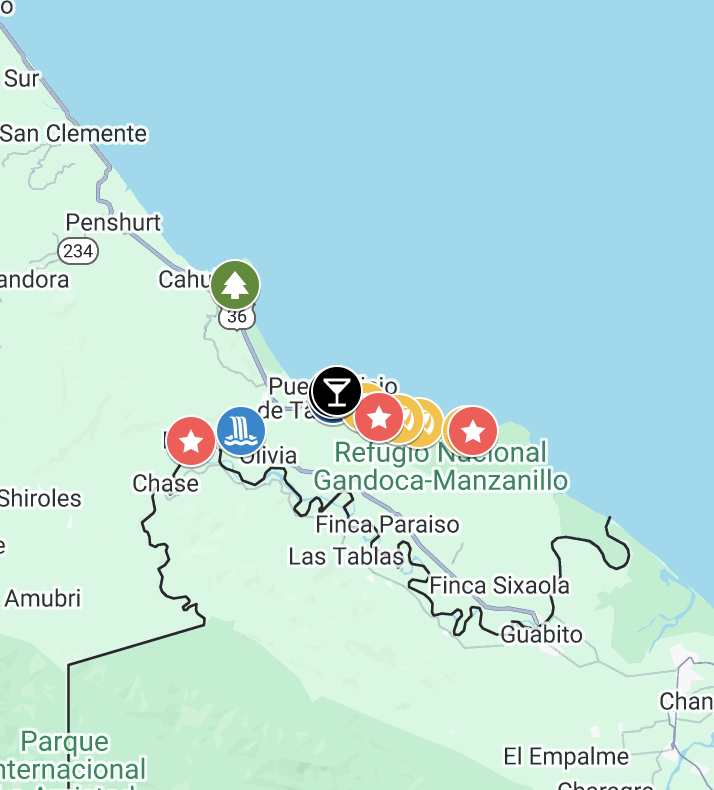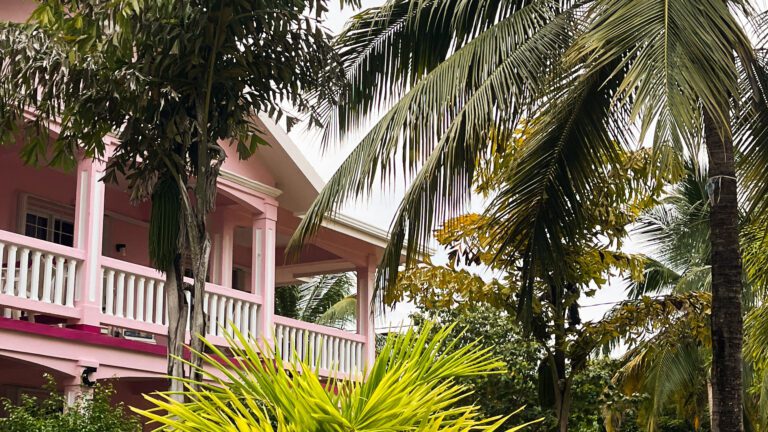
Travel Plan Checklist: Easy Pre-Trip Guide + Free PDF
When we first started traveling, we didn’t plan much. A destination in mind, a few notes on the phone, and that was it. Honestly, it always ended up messy. We got overwhelmed, forgot things, and just went on feeling. Sometimes it worked, but often it meant missing activities, last-minute stress, and headaches we could have avoided. Over the years, we’ve found that while you don’t need to plan every detail, using a travel plan checklist for the essentials makes the whole experience easier and way more enjoyable. That’s why we’ve put together this travel plan checklist. At the end, you’ll also find a free PDF to download, so you also can stay organized without the stress.
Just so you know: This post may contain affiliate links. That means we might earn a small commission if you book or buy something through the links – at no extra cost to you. It helps us keep sharing travel tips for budget adventures!
1. Decide Your Destination
The first step in the travel plan checklist is simple but important: choose where you’re going. Once you’ve picked a destination, you can start building the rest of your plan around it and have a actual goal to work agains.
- Time and Trip Length: Think about how long you’re traveling. A weekend or shorter trip is easier if you stay close to home or pick somewhere with direct flights. A longer trip gives you more freedom to add activities or combine multiple destinations. Knowing your trip length also helps with budgeting.
- Type of Trip: Beach, mountains, or city? Defining the type of trip you want makes it much easier to pick the right place and decide for a destination that will give you what you want.
- Season and Timing: Weather and timing matter. A beach trip during rainy season can ruin your plans, while visiting a city in extreme heat might not be fun either. Shoulder season often means cheaper prices and fewer crowds, though some tours or attractions might be closed. Always check before booking. Also, look at local holidays or festivals. They can either be the highlight of your trip or make everything more crowded and expensive.
- Budget Reality Check: Do a quick budget scan. Look at the average costs for food, accommodation, and activities. This will help you decide if the destination fits your budget or how much you’ll need to save.
- Practicalities: How easy is it to get there and move around? Think flights, public transport, or car rentals. Some places are amazing but harder to reach, which can take up both your time and money.
- Safety and Comfort: Check travel advisories, healthcare access, and local conditions. Also consider language barriers and other cultural aspects that might make your trip a bit challenging.
- Who You’re Traveling With: Solo travel has different needs than traveling with family or friends. Solo travelers might want hostels or social activities, while families need kid-friendly stays and experiences.
- Personal Motivation: Finally, think about your personal motivation for why you want to visit this destination. Whether it’s a lifelong dream, curiosity, or a specific experience you’ve wanted, understanding your purpose can help make the trip more meaningful and memorable.

2. Travel Requirements
Before booking anything, make sure to know what is required in order to enter the country legally and safely. This includes passports, visas, vaccinations, and any other rules or documents that could affect your entry. Planning this in time will help you avoid stress and unexpected issues at the border. Adding this step to your travel plan checklist will keep you prepared.
- Passport: Most countries require your passport to be valid at least six months after entry. If you need a renewal, make sure to book this early as it can take longer than you think.
- Visas and Entry Forms: Check if you need a visa to enter your destination, and review the application process on official embassy websites for accurate information. Many countries also require electronic pre-approval, such as ETAs, so submit any necessary forms early to avoid delays.
- Vaccines and Health: Some destinations require certain vaccines or health checks. Check official travel health sites or your local clinic. Appointments can take time, so don’t leave this to last minute.
- Travel Insurance: Not mandatory, but highly recommended. We’ve had plenty of moments where travel insurance saved us. Choose a plan that covers your style of travel and emergencies.
- Border Rules: Every country has its quirks. Some restrict for example drones, cash, or e-cigarettes. Check before you go to avoid fines or confiscations.

3. Set a Budget and Start Saving
In order to avoid financial worries during your trip, it’s good to make a realistic budget. A budget gives you a clear picture of what your trip will cost and helps you save with a clear goal in mind. Knowing how much you can spend will make it easier to plan the trip, prioritize the experiences that matter most, and enjoy your trip without constantly worrying about money.
- Flights and Luggage: Flights are often one of the biggest costs, so compare multiple options and include extra fees like luggage, which sometimes appear late in the booking process. Our favorite tools are Kiwi and Skyscanner.
- Accommodation: Pick a type that fits your travel style. Booking in advance usually gives better prices, and many places offer free cancellation so you can rebook if rates drop. For more tips on finding the best deals, check out our guide on how to find cheap accommodation.
- Daily Spending: Make a estimated budget for food, transport, attractions and other extras. Include other occasional treats and other unexpected costs. It can also be good to add another 10-15% as a emergency buffer that can give some pease of mind throughout your trip.
- Cards and Rewards: To avoid unnecessary withdrawal fees while traveling, it can be good to get a no-fee ATM card. We use Revolut, which lets you spend abroad without extra fees (within plan limits). Some travel credit cards can also earn points or miles to help save on flights and hotels, but always read the fine print for fees and rates.
- Last-Minute Deals: Sometimes booking closer to the travel date can give you discounts on flights, accommodation, or activities. Keep an eye on deals, but only if it fits your planning style and budget.
- Start Saving: Once you know your budget, start setting money aside. Small changes like skipping extras or setting a monthly goal add up quickly. Every step brings you closer to the trip. For more tips, we’ve written a full guide on saving for travel.

4. Make a Rough Itinerary
A rough itinerary is an essential part of any travel plan checklist. By creating a rough itinerary, it’s easier to get the most out of your trip. If you already know what you want to do, how many places to visit, and how long it takes to travel between them, you won’t waste time figuring it out on the spot. It also helps you stick to your budget more easily.
- One Place or Many: Decide if you want to base yourself in one spot or move around. One location means more time to explore deeply. Multiple stops give variety but also mean more travel time and logistics.
- Transportation: Check how you will go between the places och compare different options such as buses, trains or car rentals and take into account both costs and travel time.
- Must-Sees: Create a list of the must-see places you have for the destination. Make sure to also leave room for spontaneity, local recommendations or other unexpected discoveries. Also make sure to balance active and relaxed days as an overloaded itinerary can get pretty exhausting.
- Reservations and Bookings: Some activities sell out, while others can be done spontaneously. If you’re traveling in high season, make sure to book popular activities, accommodation, tours, and trains in advance so you don’t miss out or end up paying more.
- Flights and Accommodation: Once your rough plan feels solid, go ahead and book your flights and accommodation. Booking early, especially during peak seasons, ensures better options, availability, and often better prices.
5. Safety and Health
Traveling always comes with a few “what ifs,” but a little preparation can make a big difference. Take care of the basics before you leave, and you’ll be able to enjoy your trip without constantly worrying about unexpected problems.
- Medical Prep: Bring any necessary prescriptions and pack a small first aid kit with basics like painkillers, plasters, and hand sanitizer. It’s also smart to check the local water and food safety so you know what to avoid and how to stay healthy on the road.
- Safety: Knowing about local customs and behaviors helps you travel with respect and avoid awkward situations. It’s also smart to note down emergency numbers, be aware of any areas best avoided, and, if needed, register with your embassy for extra peace of mind.
- Insurance: Make sure you know exactly what your travel insurance covers, from medical emergencies to cancellations or lost belongings. Being clear on your coverage helps you handle any unexpected situations while traveling.
6. Prep Before Departure
Before you go, there are a few practical things to take care of, like organizing documents and packing. Good preparation can save you headaches and stress later.
- Packing: Pack smart, not heavy. Most people bring too much, we do it too. Stick to essentials and things you’ll really use. Don’t forget items like adapters or a quick-dry towel.
- Documents: Keep documents organized. Insurance, vaccination records, passport copies and have both digital versions and printed ones.
- Money: Bring some local cash, especially in cash-heavy countries. Having backup currencies like euros or dollars can help too.
- Digital Essentials: Before you go, check the digital essentials you’ll need, such as eSIMs, downloadable maps, and translation tools. We use the eSIM Airalo, that gives you internet globally at a fair price and makes it easy to have internet wherever you travel.
- Home Prep: Depending on your situation, this can look very different, but common things to consider include automating bills, securing valuables, and selling or storing items if you’re leaving for an extended period.
7. Mindset and Motivation
Keeping the right mindset and staying motivated can make the process of travel planning more enjoyable. Staying inspired throughout the planning stage and knowing what to focus on helps make the journey simpler and more fun.
- Stay Inspired: Stay inspired with a vision board, look different videos of the destination or read blogs. If you stay inspired and motivated for your trip, the planning stage will feel more fun and enjoyable.
- Don’t Overplan: This is something we really stand by. Planning is good and you should definitely have a rough plan, but to stay flexible and open for other tips along the way is something we always do. The best experiences for us have often come with things that we didnt plan for.
8. Go and Enjoy the Adventure
This is the part you’ve been working toward. The planning is done, the boxes are ticked, and now it’s time to go. Feeling nervous is normal, but excitement usually wins once you’re on your way.
When we first started traveling, we went on separate solo trips. It was on one of these journeys that we met and eventually fell in love, and it sparked our passion for exploring the world together. Those first trips taught us so much, we met amazing people, discovered incredible places, and had adventures we’ll never forget.
Trust the work you’ve put in. Keep an open mind. Things won’t always go perfectly, but often that’s where the best memories come from. Whether you’re heading off on a short group trip or a long solo journey, this travel plan checklist will keep you prepared. Now, grab your bag and go explore. The world’s waiting.




